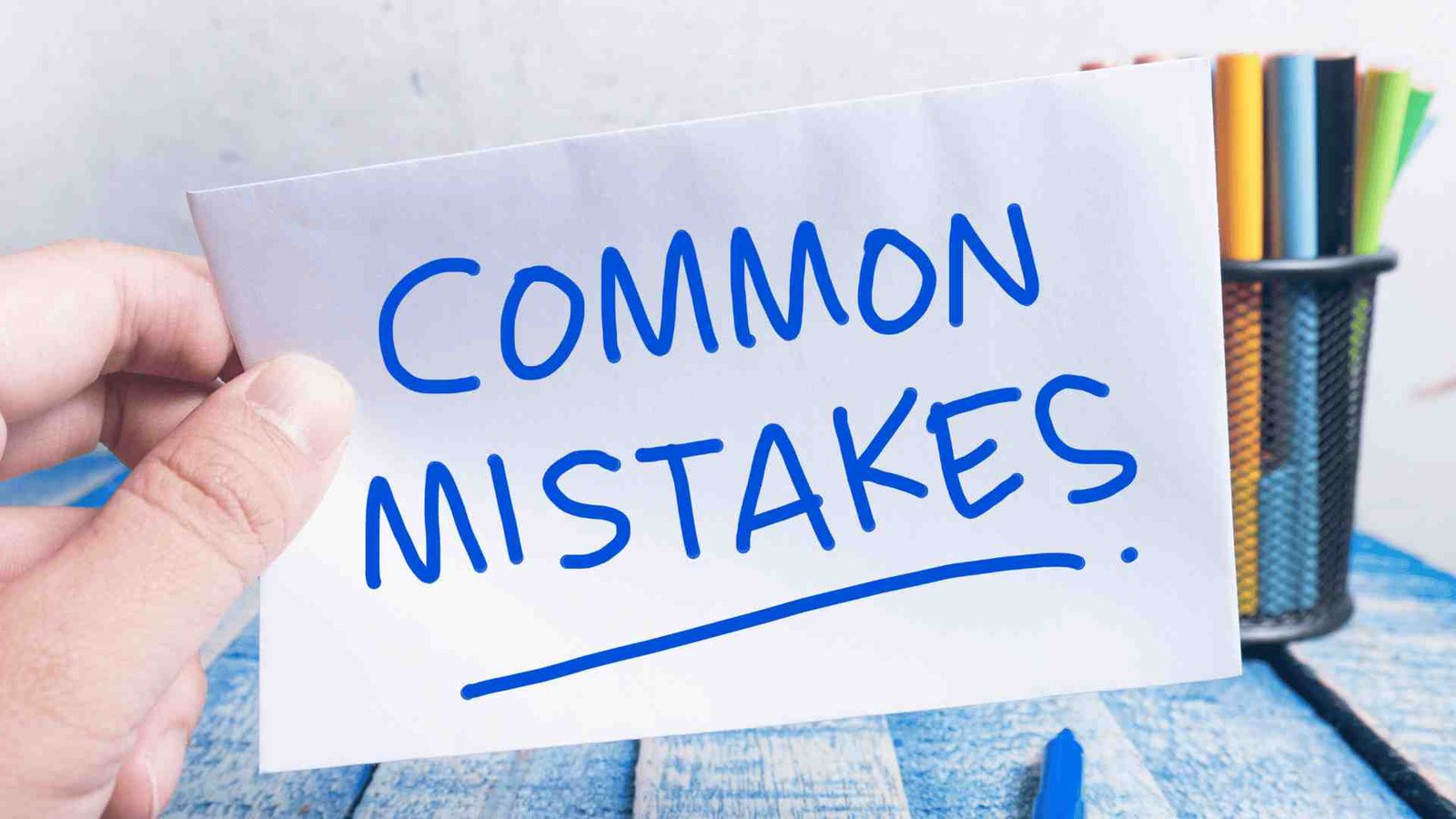
The Importance of SEO: How to Create Engaging Content

Importance of SEO in for Creating Engaging Content
SEO (Search Engine Optimization) empowers content creators to craft engaging material that resonates with their target audience while also ensuring maximum visibility on search engine results pages (SERPs). By strategically incorporating relevant keywords, optimizing meta tags, and enhancing readability, SEO helps content rank higher in search results, driving organic traffic and increasing exposure. Additionally, SEO encourages the creation of high-quality, valuable content that addresses user intent, fosters trust, and encourages user engagement, ultimately leading to improved website authority and sustained audience growth.
Why SEO are Important and what are Its impact?
SEO is important because it enhances online visibility, making it easier for potential customers to find your website through search engines like Google. By optimizing your website’s content and structure, SEO increases organic traffic, which is often more valuable and sustainable than paid traffic. It also helps build credibility and trust with users, as websites that rank higher in search results are perceived as more authoritative and trustworthy. Overall, SEO is essential for driving targeted traffic, improving brand awareness, and ultimately, increasing conversions and revenue.
- Increased Visibility: Effective SEO strategies improve the visibility of content on search engine results pages (SERPs), making it more likely to be discovered by users searching for related topics or queries.
- Higher Click-Through Rates (CTR): Optimized meta titles and descriptions, along with rich snippets, encourage users to click on the content, resulting in higher CTRs and increased traffic to the website.
- Enhanced User Experience (UX): SEO practices such as improving page load speed, optimizing for mobile devices, and organizing content with clear navigation contribute to a positive user experience, encouraging visitors to stay longer on the site and engage with the content.
- Targeted Audience Reach: By targeting specific keywords and optimizing content for user intent, SEO ensures that content reaches its intended audience, leading to higher engagement levels as users find the information they are looking for.
- Improved Content Relevance: SEO encourages content creators to focus on producing high-quality, relevant content that addresses the needs and interests of their target audience, resulting in increased engagement metrics such as time on page, bounce rate reduction, and higher interaction levels.
- Social Sharing and Backlinks: High-quality, engaging content that ranks well in search results is more likely to be shared on social media platforms and linked to by other websites, further amplifying its reach and increasing engagement through likes, shares, comments, and backlinks.
- Long-term Sustainability: SEO-driven content engagement is sustainable over the long term, as optimized content continues to attract organic traffic and engagement even after initial publication, contributing to the overall growth and authority of the website.
What is Search Engine Optimization?
SEO is the practice of optimizing a website’s content, structure, and technical aspects to improve its visibility on search engine results pages (SERPs) for relevant keywords and queries.
Significance of SEO in Online Visibility
- Enhances Website Visibility: SEO helps websites rank higher in search engine results, increasing their visibility to potential visitors.
- Drives Organic Traffic: By appearing prominently in search results, optimized websites attract organic traffic from users actively seeking information or solutions related to their content.
Significance in Ranking
- Improves Search Engine Ranking: Effective SEO strategies improve a website’s ranking position for targeted keywords, making it more likely to be seen by users.
- Boosts Credibility and Authority: Higher rankings in search results signal to users that a website is trustworthy and authoritative in its field, increasing the likelihood of engagement and conversion.
Importance of Search Engine Optimization
- Targeted Traffic: SEO helps attract highly targeted traffic to a website by optimizing content for specific keywords and user intent.
- Competitive Advantage: Websites that invest in SEO gain a competitive edge by outranking competitors in search results and capturing a larger share of organic traffic.
- Cost-Effectiveness: Compared to paid advertising, SEO offers a cost-effective way to drive traffic and generate leads over the long term.
- Continuous Improvement: SEO is an ongoing process that requires regular monitoring and adjustment to adapt to changes in search engine algorithms and user behavior, ensuring sustained visibility and ranking.
- Global Reach: With SEO, businesses can reach a global audience, expanding their market reach and attracting customers from diverse geographical locations.
- Measurable Results: SEO efforts can be tracked and measured using analytics tools, allowing website owners to assess the effectiveness of their strategies and make data-driven decisions for optimization.
How SEO affects organic traffic and website visibility?
- Keyword Optimization: Targeting relevant keywords in content, meta tags, and headings improves website visibility for specific search queries, increasing the likelihood of appearing in search results.
- Content Quality and Relevance: Producing high-quality, relevant content optimized for user intent increases the chances of ranking higher in search engine results pages (SERPs), attracting organic traffic seeking valuable information or solutions.
- Technical Optimization: Implementing technical SEO best practices such as improving site speed, optimizing crawlability, and ensuring mobile-friendliness enhances website visibility and user experience, leading to higher rankings and increased organic traffic.
- Backlink Profile: Acquiring high-quality backlinks from authoritative websites improves a site’s credibility and trustworthiness in the eyes of search engines, resulting in higher rankings and increased organic traffic through referral links.
- Local SEO: Optimizing for local search queries, such as “near me” or location-based keywords, helps businesses attract relevant local traffic, improving website visibility in local search results and driving foot traffic to physical locations.
- Featured Snippets and Rich Results: Structuring content to appear in featured snippets, knowledge graphs, and other rich results increases website visibility and attracts more organic traffic by providing immediate answers to user queries directly on the search results page.
- User Experience (UX): Providing a seamless user experience, including intuitive navigation, clear site structure, and mobile responsiveness, enhances website visibility and encourages users to engage with content, leading to higher rankings and increased organic traffic.
- Long-Tail Keywords: Targeting long-tail keywords and niche topics with less competition but higher relevance to the target audience allows websites to capture highly targeted organic traffic and improve visibility in specific niches or industries.
- Regular Updates and Maintenance: Continuously updating and maintaining website content, optimizing meta tags, and monitoring performance metrics ensure ongoing visibility and organic traffic growth by adapting to changes in search engine algorithms and user behaviour.
- Social Signals: While not a direct ranking factor, social signals such as likes, shares, and comments can indirectly impact website visibility by increasing content visibility, driving traffic, and improving overall online presence, which can contribute to higher rankings and organic traffic over time.
Important Tips on Keyword Research
- Understand Your Audience: Research your target audience’s interests, pain points, and search behavior to identify relevant keywords that align with their needs and preferences.
- Use Keyword Research Tools: Utilize tools such as Google Keyword Planner, SEMrush, or Ahrefs to discover relevant keywords, assess search volume, and identify keyword variations and long-tail phrases.
- Focus on Long-Tail Keywords: Target long-tail keywords that are specific to your niche or topic, as they often have less competition and higher conversion rates, allowing you to attract more targeted organic traffic.
- Competitor Analysis: Analyze competitor websites to identify keywords they are ranking for and leverage this information to uncover new keyword opportunities and refine your keyword strategy.
Important Tips on Content Relevance
- Align with User Intent: Create content that directly addresses the user’s search intent, whether it’s informational, navigational, transactional, or commercial, to ensure relevance and meet user expectations.
- Solve User Problems: Identify common questions, challenges, or problems within your target audience and develop content that provides valuable solutions, insights, or answers to address their needs effectively.
- Provide Comprehensive Coverage: Offer comprehensive coverage of your topic by addressing various aspects, subtopics, or related questions, ensuring that your content is thorough, informative, and valuable to readers.
- Stay Updated: Regularly update and refresh your content to reflect changes in industry trends, technology, or user preferences, ensuring that your content remains relevant and useful over time.
Important Tips on User Intent
- Research Search Queries: Analyze search queries related to your target keywords to understand user intent and tailor your content to fulfill the specific needs or goals of searchers.
- Create User-Centric Content: Develop content that prioritizes the user experience and delivers value by providing relevant information, solving problems, or fulfilling user intentions effectively.
- Use Descriptive Titles and Headings: Craft descriptive titles and headings that accurately reflect the content’s topic and purpose, making it easier for users to understand what to expect and encouraging them to engage with the content.
- Optimize for Different Intent Types: Understand the different types of user intent, such as informational, navigational, commercial, or transactional, and optimize your content accordingly to address each intent type effectively and attract relevant traffic.
Importance of Storytelling
- Humanizes Your Brand: Storytelling allows you to convey the personality, values, and culture of your brand, making it more relatable and memorable to your audience.
- Engages and Captivates Audiences: Compelling narratives capture the attention of your audience and keep them engaged with your content, fostering a deeper connection and emotional resonance.
- Differentiates Your Brand: By sharing unique stories and experiences, you differentiate your brand from competitors and create a distinctive identity that sets you apart in the minds of consumers.
- Communicates Brand Messages: Storytelling provides a powerful platform for communicating brand messages, values, and missions in a way that resonates with your audience and inspires action.
Importance of Emotional Appeal
- Creates Emotional Connection: Emotionally resonant content elicits feelings of empathy, joy, excitement, or nostalgia, forging a strong emotional connection with your audience and fostering brand loyalty.
- Drives Decision-Making: Emotions play a significant role in decision-making, influencing purchasing behaviors, brand perceptions, and consumer loyalty, making emotional appeal essential for driving conversions and engagement
- Enhances Content Recall: Content that evokes strong emotions is more memorable and shareable, increasing its impact and reach as audiences are more likely to remember and pass along emotionally compelling content.
- Builds Trust and Credibility: Authentic emotional appeal builds trust and credibility with your audience by demonstrating empathy, understanding, and a genuine concern for their needs and aspirations.
Importance of Unique Value Proposition (UVP)
- Defines Your Competitive Advantage: Your UVP communicates the unique benefits and advantages of your products or services, highlighting what sets you apart from competitors and why customers should choose you.
- Addresses Customer Needs: A compelling UVP addresses specific pain points, challenges, or desires of your target audience, demonstrating how your offerings fulfill their needs better than alternatives.
- Increases Perceived Value: By articulating the unique benefits and advantages of your brand, your UVP enhances the perceived value of your products or services, making them more desirable and compelling to customers.
- Guides Marketing and Branding Efforts: Your UVP serves as a guiding principle for your marketing and branding strategies, informing messaging, positioning, and communication channels to effectively reach and resonate with your target audience.
SEO Optimization Techniques for On-Page
Optimizing Title Tags
- Include Target Keyword: Incorporate the primary keyword near the beginning of the title tag to signal relevance to search engines and users.
- Keep it Concise: Limit title tags to 50-60 characters to ensure they display properly in search results and capture attention effectively.
- Add Brand Name: If applicable, include your brand name at the end of the title tag to reinforce brand identity and recognition.
- Create Compelling Titles: Craft engaging and descriptive titles that entice users to click by addressing their needs, questions, or desires.
Optimizing Meta Descriptions
- Include Keywords Naturally: Integrate relevant keywords in the meta description organically to enhance visibility and match user search intent.
- Provide Value Proposition: Summarize the content’s unique value proposition or main points to encourage clicks and provide context to users.
- Maintain Length Limit: Keep meta descriptions under 160 characters to ensure they are fully displayed in search results and convey key information effectively.
- Use Actionable Language: Use persuasive language and calls-to-action (CTAs) to prompt users to click and engage with the content.
Optimizing Headings
- Hierarchy and Structure: Organize content with clear heading hierarchy (H1, H2, H3, etc.) to improve readability, understandability, and accessibility.
- Include Keywords: Incorporate target keywords naturally in headings to signal content relevance to search engines and users.
- Use Descriptive Headings: Create descriptive and informative headings that accurately summarize the content of each section to guide users and improve user experience.
- Enhance Readability: Break up content into scannable sections with meaningful headings to facilitate quick comprehension and navigation for users.
Also Read: Know all about Search Engine Optimization
SEO Optimization Techniques for Off-Page
Link Building
- Guest Blogging: Contribute high-quality guest posts to authoritative websites in your niche to earn backlinks and establish credibility and authority.
- Broken Link Building: Identify broken links on relevant websites and offer to replace them with your own content, providing value to website owners while gaining backlinks.
- Resource Link Building: Create comprehensive, informative resources or tools that other websites in your industry will find valuable and link to naturally.
- Competitor Backlink Analysis: Analyze competitors’ backlink profiles to identify link-building opportunities and replicate their successful strategies while also seeking unique opportunities.
Social Media Promotion
- Content Sharing: Share your website content, blog posts, and updates across social media platforms to increase visibility, drive traffic, and encourage engagement.
- Community Engagement: Actively engage with your audience, respond to comments and messages, participate in discussions, and build relationships to foster a loyal and engaged community
- Hashtag Usage: Utilize relevant hashtags to categorize and amplify your content, making it more discoverable to users interested in your industry or topic.
- Influencer Collaborations: Collaborate with influencers or industry experts to leverage their audience and credibility, amplifying your brand reach and engagement on social media platforms.
Influencer Outreach
- Identify Relevant Influencers: Research and identify influencers or thought leaders in your industry whose audience aligns with your target demographic and brand values.
- Personalized Outreach: Reach out to influencers with personalized messages, offering value and demonstrating how collaboration can benefit both parties.
- Provide Value: Offer influencers exclusive access to your products or services, invite them to events or webinars, or propose co-created content to provide mutual value and incentive for collaboration.
- Track and Measure Results: Monitor the performance of influencer campaigns, track key metrics such as engagement, reach, and conversions, and adjust strategies based on insights to optimize future collaborations.
In conclusion, the importance of SEO (Search Engine Optimization) lies in its ability to enhance visibility and attract organic traffic to your website. By creating engaging content optimized for relevant keywords and user intent, you can not only improve your search engine rankings but also provide value to your audience. Remember, quality content that resonates with your target audience is key to successful SEO strategies. Additionally, staying updated with search engine algorithms and trends will help you adapt and refine your content creation approach over time. Ultimately, investing in SEO and crafting compelling content is not just about ranking higher on search engines, but also about building trust, authority, and long-term relationships with your audience.
Related Articles
Frequently Asked Questions
SEO, or Search Engine Optimization, is crucial for content creation because it helps your content rank higher in search engine results pages (SERPs). When your content ranks well, it becomes more visible to users searching for relevant information, driving organic traffic to your website. This increased visibility enhances brand exposure, boosts website authority, and ultimately leads to more conversions and engagement.
Creating engaging content while optimizing it for SEO involves several key strategies. Firstly, conduct thorough keyword research to identify relevant terms and phrases your target audience is searching for. Incorporate these keywords naturally throughout your content, including in titles, headings, meta descriptions, and body text. Additionally, focus on producing high-quality, valuable content that addresses the needs and interests of your audience. Use compelling visuals, such as images, videos, and infographics, to enhance engagement and user experience. Finally, prioritize readability and user-friendly formatting to ensure that your content is easy to consume and navigate.
Engaging content plays a vital role in SEO success by increasing user engagement metrics, such as dwell time, click-through rates, and social shares. When users find your content valuable, informative, or entertaining, they are more likely to spend time on your website, explore additional pages, and share your content with others. These positive engagement signals send strong indications to search engines that your content is relevant and valuable to users, thus improving your rankings over time. By consistently producing engaging content that resonates with your audience, you can strengthen your online presence, attract more organic traffic, and achieve sustainable SEO success.

VAIBHAV GUPTA
DIGITAL MARKETER
I’m Vaibhav Gupta the founder of DCampaign Marketing. I’m having experience for more than 4 year in the field of digital marketing as well blogging.




